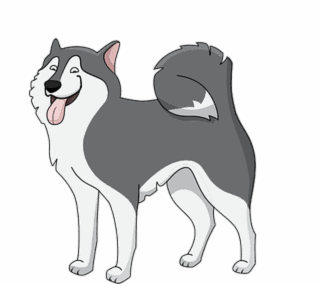Nowadays fascia is seen as connective tissue that surrounds and interconnects all the cells, nerves, joints, muscles, ligaments, bursae and tendons in the body – in the case of muscle that includes, for example, not just the outside of the muscle (epimysium) but also the permiseum and endomyseum (inner parts). It is essentially present everywhere in the body, even in the brain. As ligaments connect bones to bones and tendons connect bones to muscle, fascia wraps around the muscles and other body parts and connects one soft tissue to another. It holds the muscles together and helps them contract and stretch. Like the skeleton it plays a key role in keeping the body together and helping movement through easing friction. It also protects and stabilises organs by wrapping around them.
In earlier times fascia was not really seen as important at all and doctors and surgeons would cut through it to get to what was thought to be the important elements of the body or where the problems were thought to lie. Gray’s anatomy defined it as ‘’masses of connective tissue large enough to be visible to the unaided eye” (Gray’s Anatomy. Standring, 2008). There is still no one definitive definition of fascia. Over the last few decades it has been seen as playing a far larger role in the body and to be more widely present than previously thought. The importance of fascia and its definition have grown to see fascia as being involved with many more bodily structures.
The fifth international fascia congress defined it thus:
“The fascial system consists of the three-dimensional continuum of soft, collagen containing, loose and dense fibrous connective tissues that permeate the body…….The fascial system interpenetrates and surrounds all organs, muscles, bones and nerve fibres, endowing the body with a functional structure, and providing an environment that enables all body systems to operate in an integrated manner.” (Fifth international fascia congress, 2018)
Fascia gives the appearance of being a single sheet or tissue but is actually made up of many layers, which contain a lubricating liquid called hyaluronic acid. It is designed to be flexible and stretchy and to move in tandem with the all the parts of the body. So it can be strong and work alongside ligaments and tendons but can also act almost as a liquid lubricant. When it gets stressed it gets tight and can cause pain. It can be likened to one vast web rather like a spider’s web. When one part is stretched it affects the whole network – just as a spider will detect something touching one part of the web, so the fascia in one part of the body will sense the movement in another part of the body.
There are four main layers of fascia: superficial, deep, visceral and parietal.
Superficial fascia is the layer just under the skin and is the same as the hypodermis (the third more inner layer of the skin). This helps to attach skin to muscle and to maintain a constant body temperature. It is an important part of the anatomy of the cervical spine and neck and keeps delicate parts of the body such as the veins and lymph nodes protected.
Deep fascia, which is the most relevant here, is the part that covers bones, muscles, nerves and blood vessels. It is a little less stretchy than the superficial fascia and receives less blood supply. It protects these structures and also stops bacterial infection from spreading.
Visceral fascia, which is deeper still, is particular to certain organs like lungs and heart and parietal fascia lines body cavities such as the pelvis.
Examples of fascia in the human body are the planta fascia (plantar aponeurosis) found in the bottom of the foot. This supports the medial arch and is key in helping give a spring to the foot to make us more efficient in walking. A common runner’s injury is damage to this fascia (plantar fascitis) which is very painful. Treatment often involves working on the fascia. Higher up the leg in humans is the IT band (iliotibial band) which is a long length of fascia in the outer thigh, starting at the tensor fascia lata muscle and attaching just below the knee. This is key in helping with all sorts of movement and damage to this fascia is common amongst athletes.
If it is not the fascia itself that is damaged, then injury to the muscles and tendons with which it interweaves can damage the fascia. As mentioned above since it is like one big web, damage to fascia can have repercussions in other areas of the body further away from the location of the injury.
